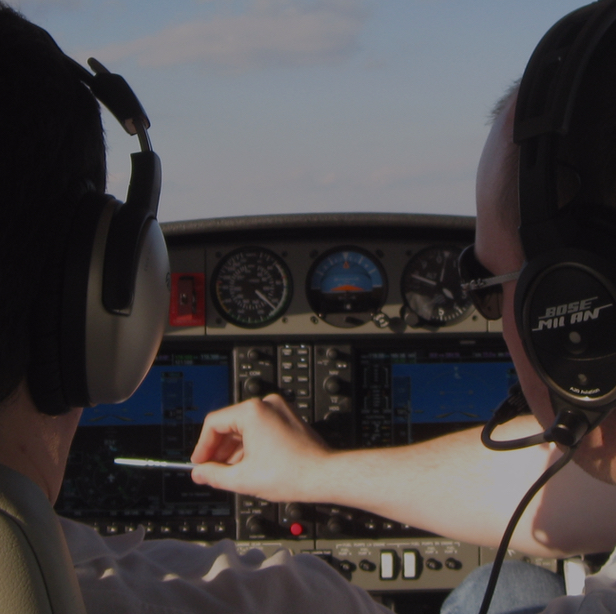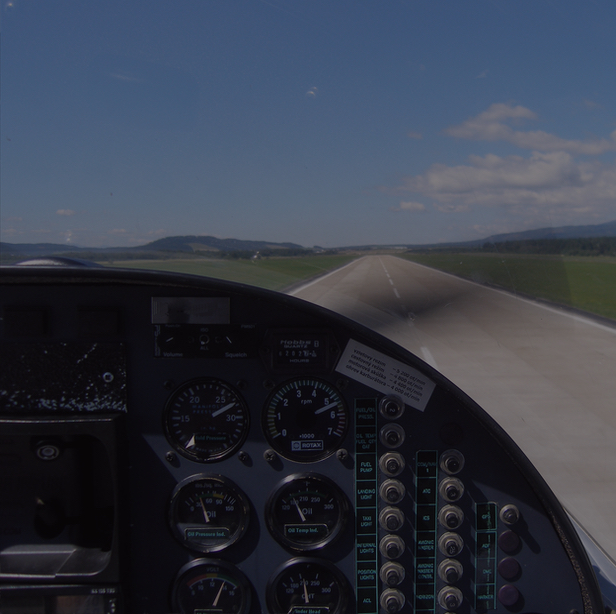SFI and Restricted TRI difference explained
The difference between Synthetic Flight Instructor and restricted Type Rating Instructor is often subject to discussion among the pilots. The training structure was differently approached by many different ATOs and authorities. As a result of interpolation between EASA regulations and common practices, many Alternative Means of Compliance started to be used by flight schools and operators.
EASA legislation including the associated Acceptable Means of Compliance were significantly changed back in 2020. The whole structure of TRI course was changed.
Type Rating Instructor
Besides being a holder of CPL, ATPL or MPL he requirements for TRI are described in FCL.905.TRI as follows:
- TRI Multi-pilot certificate:
- have completed 1 500 hours flight time as a pilot on multi-pilot aeroplanes; and
- have completed, within the 12 months preceding the date of application, 30 route sectors, including take-offs and landings, as PIC or co-pilot on the applicable aeroplane type, of which 15 sectors may be completed in an FFS representing that type;
- for a TRI(SPA) certificate:
- have completed, within the 12 months preceding the date of the application, at least 30 route sectors, including take-offs and landings, as PIC on the applicable aeroplane type, of which a maximum of 15 sectors may be completed in an FSTD representing that type; and
- have competed at least 500 hours flight time as pilot on aeroplanes, including 30 hours as PIC on the applicable type of aeroplane; or
- hold or have held an FI certificate for multi-engine aeroplanes with IR(A) privileges;
Being holder of Type Rating Instructor on particular type of an aircraft indicates that the holder has or have had a recent on-type experience. It means he actually flown the type of an aircraft.
To exercise the privileges of TRI the valid flight crew licence is required. It means the associated type rating and medical certificate has to be valid and current.
Another advantage of being holder of TRI is that besides the revalidation and renewal of type rating and type-related instrument ratings holder of Type Rating Instructor can provide the training towards the issue of a TRI or SFI certificate.
It is important to mention that privileges of TRI automatically contain the privileges of SFI on respective type.
Synthetic Flight Instructor
Besides holds or have held CPL, MPL or ATPL, an applicant for issue of SFI have completed the proficiency check for the issue of the specific aircraft type rating in an FFS representing the applicable type and within the 12 months preceding the application has met the requirements of FCL.915.SFI as follows:
- for an SFI(A) for multi-pilot aeroplanes, have:
- at least 1 500 hours flight time as a pilot on multi-pilot aeroplanes;
- completed, as a pilot or as an observer, within the 12 months preceding the application, at least:
- 3 route sectors on the flight deck of the applicable aircraft type; or
- 2 line-orientated flight training-based simulator sessions conducted by qualified flight crew on the flight deck of the applicable type. These simulator sessions shall include 2 flights of at least 2 hours each between 2 different aerodromes, and the associated pre-flight planning and de-briefing;
- for an SFI(A) for single-pilot high performance complex aeroplanes:
- have completed at least 500 hours of flight time as PIC on single-pilot aeroplanes;
- hold or have held a multi-engine IR(A) rating; and
- have met the requirements about route sectors or LOFT flown as observer;
It means the holder of SFI might or might not have a valid pilot's licence and medical certificate. There is no additional requirement for the on-type experience of Instructor.
Simply SFI can be retired professional pilot who lost medical certificate as well as a pilot with extensive experience on another type but without actual experience with the type concerned.
From the privileges point of view, they are the same as the privileges of TRI restricted to simulator.
TRI restricted and SFI difference
From the practical point of view, there is no major differences between Synthetic Flight Instructor and Type Rating Instructor restricted to simulator.
The major difference between the TRI and SFI are the training entry requirements and its privileges.
Holder of the TRI can only be a pilot with recent experience with particular type of an aircraft, valid typerating and medical.
While the holder of SFI for the particular type can be also a pilot without type rating and with no experience with type. SFI holder does not need to be a holder of medical certificate.
Following table matrix summarizes the differences between TRI and SFI certificates.
| SFI | TRI Simulator restricted | |
| Hold valid EASA licence | No | Yes |
| Hold valid typerating | No | Yes |
| Hold valid medical | No | Yes |
| Actual on-type experience | No | Yes |
| SFI or TRI trainings | No | Yes |
| Aircraft training | No | No |
| LIFUS training | No | No |

.jpeg)
